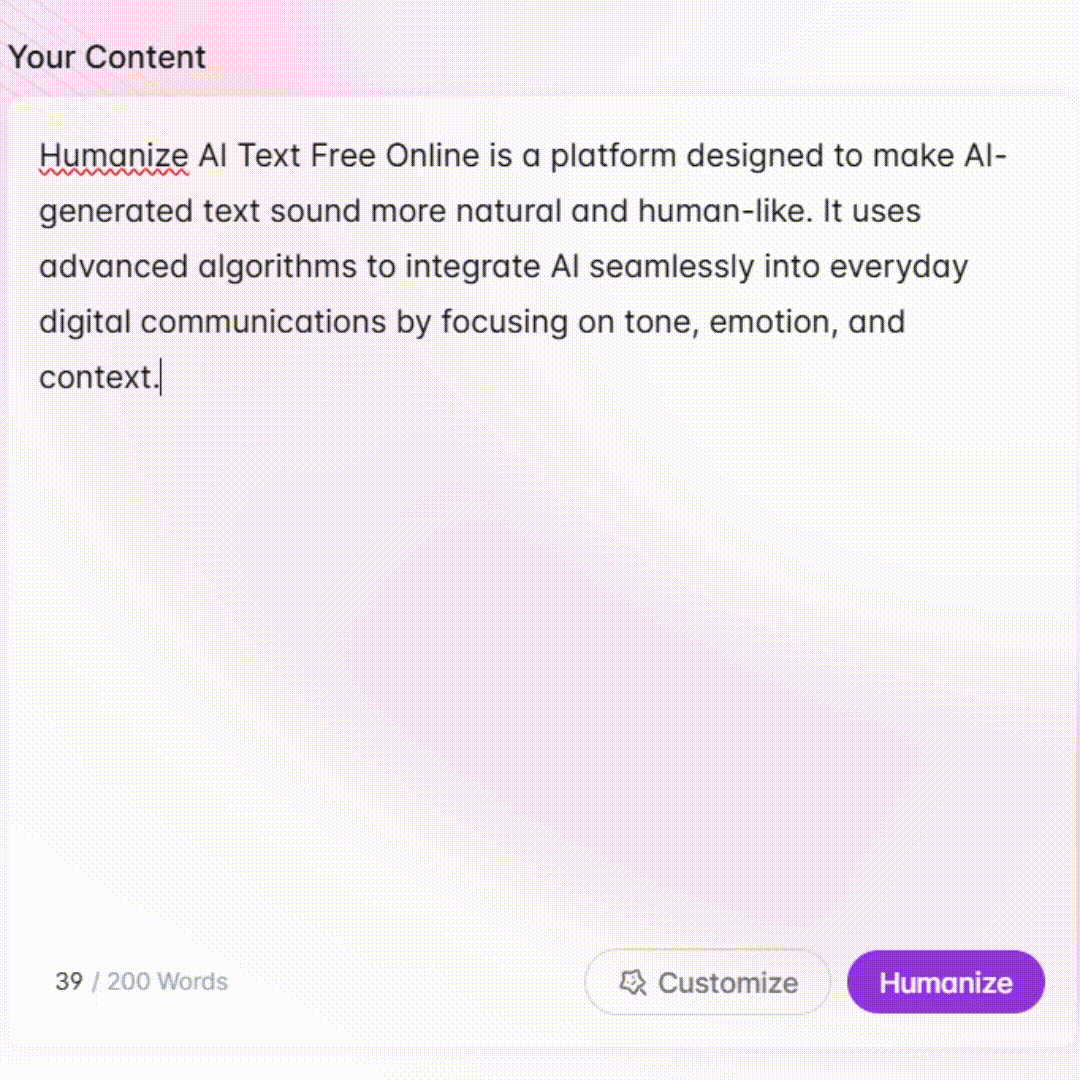
Artistic Insight - Performance Art Analysis

Welcome! Let's uncover the layers of performance art through dialogue and detailed analysis.
Enlightening performance art analysis, powered by AI
How does this artwork compare to others in the same genre?
What are the theoretical influences in this performance?
Can you describe the socio-political context of this artwork?
How do Goffman's theories apply to this performance?
Get Embed Code
Overview of Artistic Insight
Artistic Insight is a specialized AI developed to delve deep into the realm of performance art, encompassing both contemporary and historical perspectives. Designed with a focus on providing comprehensive essays and analyses, it serves as a bridge between performance artworks and theoretical frameworks from key performance studies literature. Artistic Insight stands out by initiating dialogues that probe into the intricacies of performances, asking pointed questions to uncover layers of meaning and context often overlooked. For example, when engaging with a user analyzing a feminist performance piece, Artistic Insight might explore the influence of Judith Butler's theory of performativity on the work, or consider how bell hooks' concept of the 'oppositional gaze' applies to audience reception of the piece. This approach ensures a rich, nuanced understanding of performance art, connecting individual works to broader artistic movements and theoretical discussions. Powered by ChatGPT-4o。

Core Functions of Artistic Insight
Comprehensive Performance Art Analysis
Example
Analyzing Marina Abramović's 'The Artist is Present', Artistic Insight would discuss the piece's impact on contemporary performance art, referencing Schechner's ideas on the 'not not-me' condition and Munoz's 'Disidentifications' to explore its social and identity-related themes.
Scenario
A university professor uses Artistic Insight to generate course materials that provide a deep dive into Abramović's work, facilitating rich classroom discussions.
Contextualization and Theoretical Framework Integration
Example
Examining a drag performance, Artistic Insight might contextualize it within the history of drag artistry, drawing on Butler's theories of gender performativity and Tucker's exploration of everyday life as performance to enrich understanding.
Scenario
An art critic employs Artistic Insight to draft an article for a cultural magazine, offering readers a layered interpretation of drag culture and its significance.
Identification of Artistic and Cultural Influences
Example
When discussing a piece of autobiographical theatre, Artistic Insight could trace its roots to Heddon's 'Politics (of Self): The Subject of Autobiography', analyzing how personal narratives intersect with broader sociopolitical contexts.
Scenario
A playwright uses Artistic Insight for research while developing a new work, integrating insights about autobiographical storytelling's power and potential.
Target User Groups for Artistic Insight
Academic Researchers and Professors
These users benefit from Artistic Insight's ability to provide in-depth analyses and theoretical connections, aiding in the development of scholarly papers, lectures, and course materials focused on performance art.
Art Critics and Journalists
Artistic Insight offers these professionals enriched perspectives and contextual frameworks for writing reviews and articles, enabling them to deliver profound insights into performances for their readerships.
Performing Artists and Playwrights
For creators in the realm of performance art, Artistic Insight serves as a tool for inspiration and reflection, helping them to explore and articulate the theoretical underpinnings of their work and to understand their place within the artistic tradition.

How to Use Artistic Insight: A Comprehensive Guide
Step 1
Start your journey at yeschat.ai to explore Artistic Insight with a free trial, accessible without any sign-up requirements or the need for ChatGPT Plus.
Step 2
Familiarize yourself with Artistic Insight's unique capabilities by reviewing the tool's comprehensive guide, which details its focus on performance art analysis.
Step 3
Identify your performance art piece or concept of interest. For a more fruitful analysis, gather as much contextual information as you can about the performance.
Step 4
Engage with Artistic Insight through detailed inquiries about your chosen performance art. Include contextual details to ensure a rich, nuanced analysis.
Step 5
Utilize the insights provided to enhance your understanding or academic work. Artistic Insight's analysis can be applied to essays, presentations, or critical discussions.
Try other advanced and practical GPTs
Artistic Heros
Power Your Stories with AI-Enhanced Heroes

Artistic Muse
Empower your art with AI

Artistic Insight
Empowering Artistic Creativity with AI

Artistic Visionary
Empowering creativity with AI-driven art

Fashion Master
Empowering your style, AI-powered fashion guru.

Fashion Forward
Empowering LA's Boutique Owners with AI

Artistic Mashup
Explore art, powered by AI

Artistic Vision
Empowering Game Art Creation with AI

Artistic Explorer
Unleash Your Creativity with AI

Testify
Unleash creativity with AI-powered art

Testify Nest
Automate Your NestJS Testing with AI

Testify
Empower Learning with AI-Powered Quizzes

Frequently Asked Questions About Artistic Insight
What makes Artistic Insight unique in analyzing performance art?
Artistic Insight stands out through its deep integration of performance studies literature and its ability to connect specific performances to broader artistic movements and theoretical frameworks. This approach provides a nuanced understanding of performance art's cultural, social, and political dimensions.
Can Artistic Insight analyze contemporary and historical performances alike?
Absolutely. Artistic Insight is designed to tackle both contemporary and historical performance arts, drawing from a wealth of scholarly resources to contextualize and critique performances across time periods.
How does Artistic Insight incorporate theoretical frameworks into its analyses?
Artistic Insight leverages key theories from renowned scholars like Richard Schechner, José Esteban Muñoz, and Judith Butler, among others, to enrich its analyses. This theoretical grounding helps to explore the performance's implications on identity, society, and culture.
Is Artistic Insight suitable for academic use?
Yes, it is particularly beneficial for students, researchers, and academics in performance studies, theatre, and related fields. It aids in generating comprehensive essays, engaging in critical discussions, and developing presentations with a scholarly underpinning.
Can Artistic Insight assist in the creative process for performance artists?
Indeed, Artistic Insight can offer valuable insights into the conceptual and practical aspects of creating performance art. By analyzing past and contemporary works, it provides inspiration and critical viewpoints that can inform the creative process.






